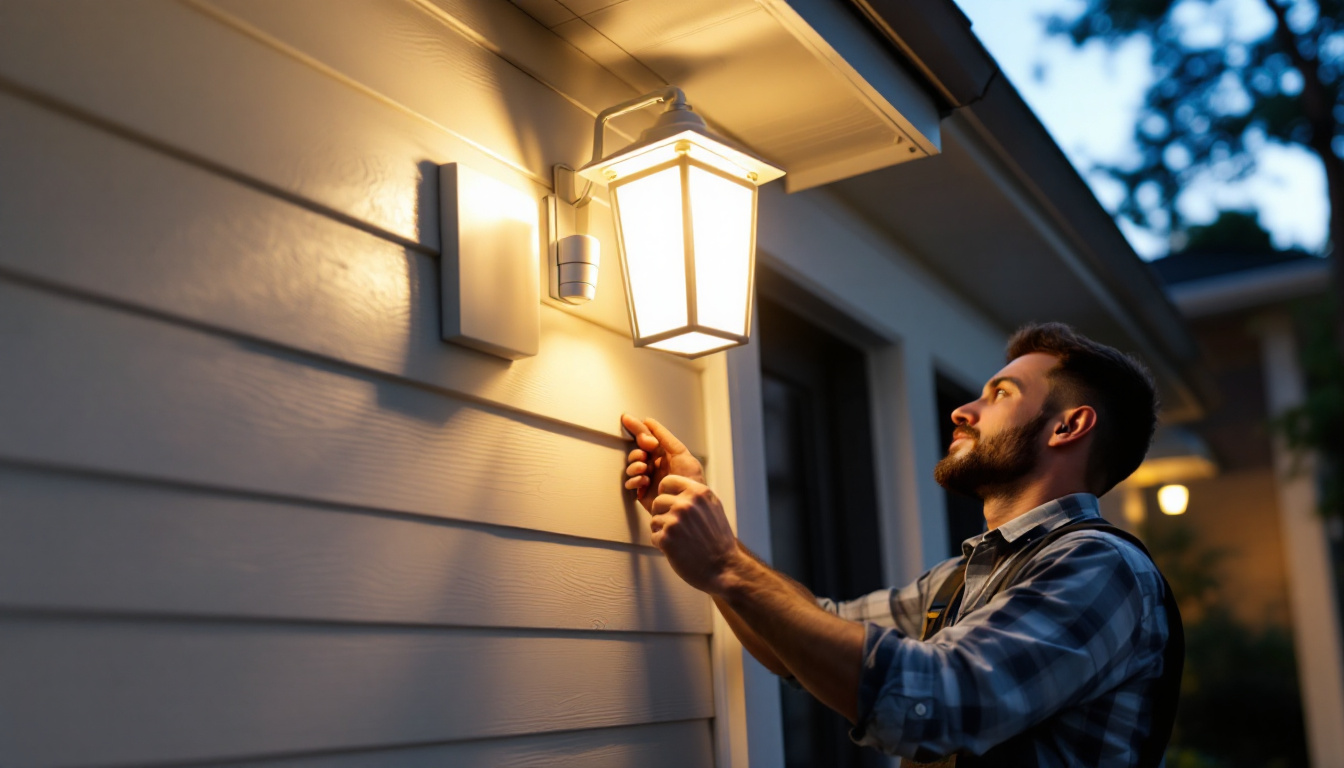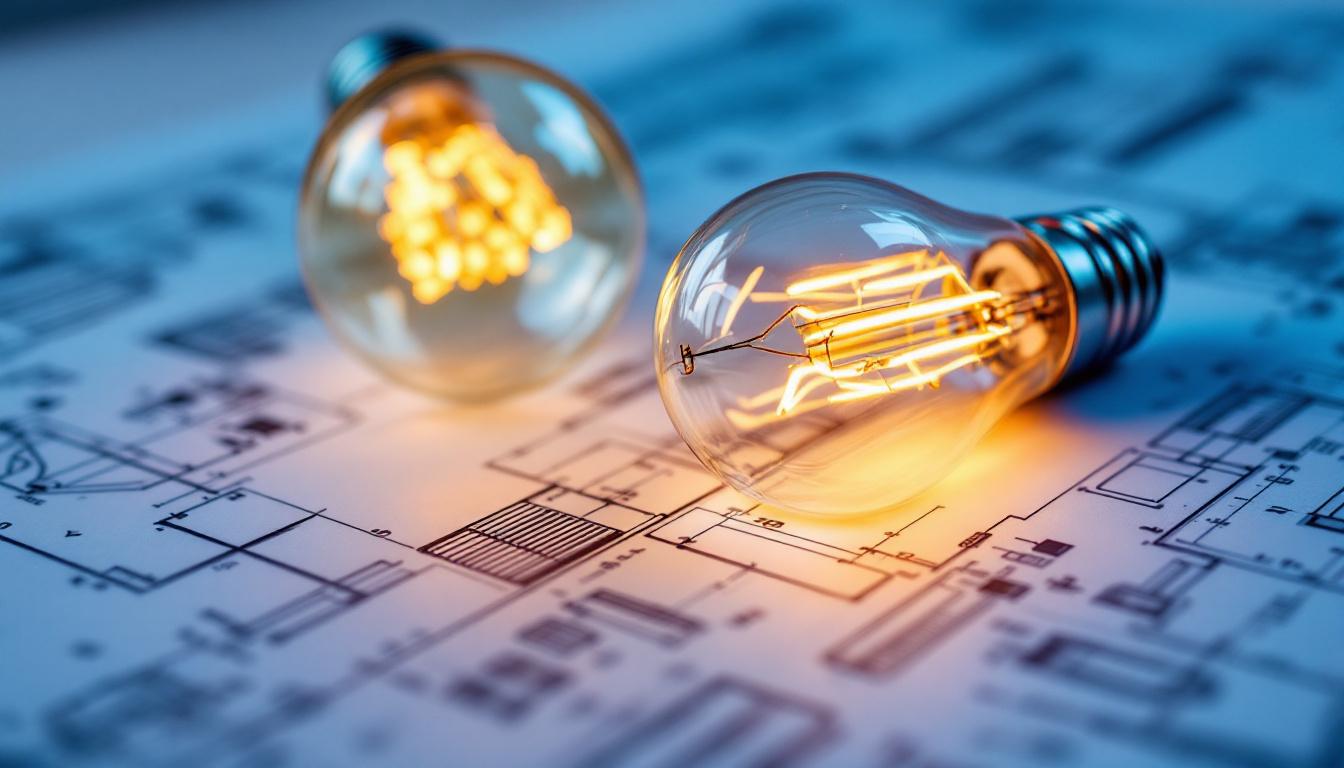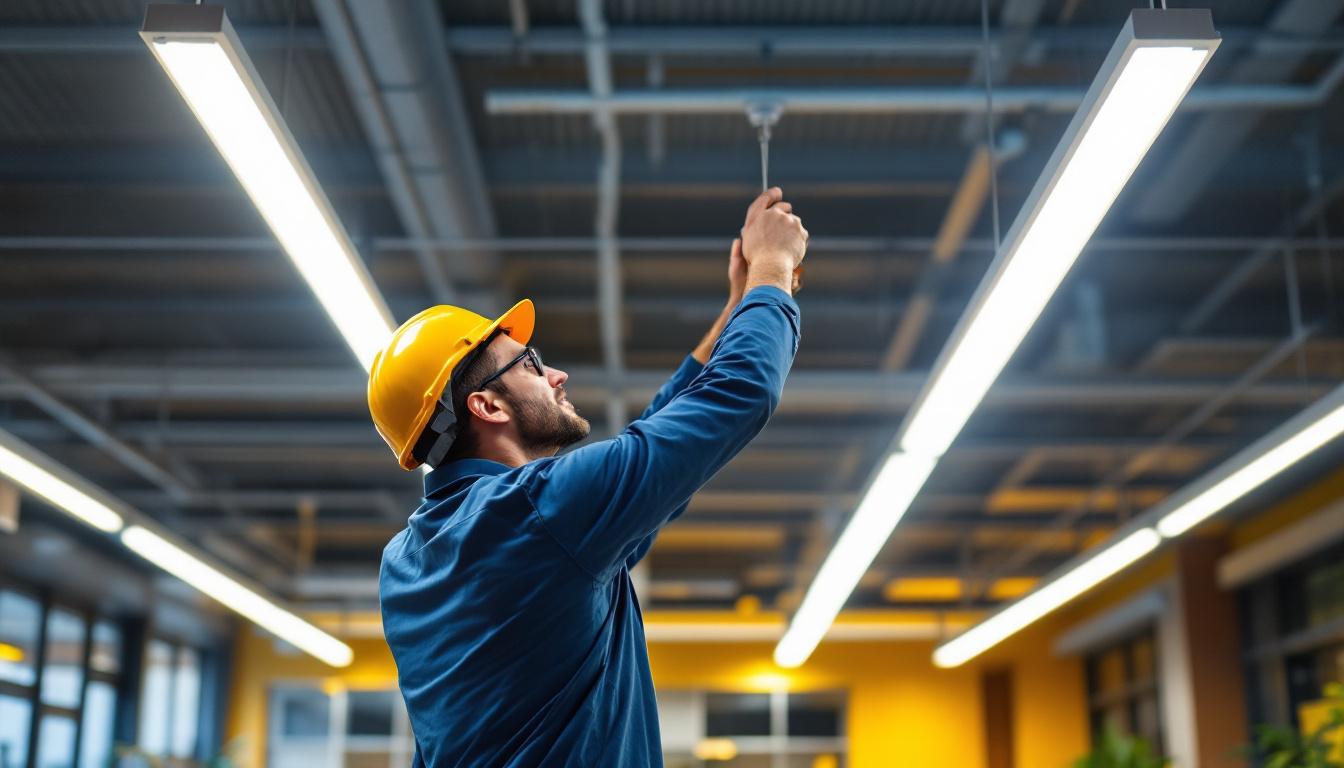
In the realm of lighting design and installation, security motion lighting stands out as an essential element for both residential and commercial projects. As a lighting contractor, understanding the benefits and applications of motion-activated lighting can not only enhance the security of a property but also elevate the overall aesthetic and functionality of the lighting scheme. This article explores the significance of security motion lighting, its various applications, and best practices for successful integration into lighting projects.
Security motion lighting serves a dual purpose: it enhances safety and contributes to energy efficiency. By illuminating areas only when movement is detected, these systems reduce energy consumption and minimize light pollution, making them an environmentally friendly choice.
One of the primary benefits of security motion lighting is its ability to deter potential intruders. The sudden illumination of a space can startle an unwanted visitor, making them think twice before proceeding. Furthermore, well-lit areas reduce the likelihood of accidents, providing a safer environment for residents and visitors alike.
Moreover, security motion lights can be strategically placed to cover vulnerable spots, such as entryways, garages, and backyards. This targeted lighting not only enhances visibility but also allows property owners to monitor their surroundings more effectively.
In an age where energy conservation is paramount, security motion lighting offers a practical solution. Traditional lighting systems often remain on throughout the night, leading to unnecessary energy consumption. In contrast, motion-activated lights only activate when needed, significantly reducing electricity costs.
Additionally, many modern motion lighting systems utilize LED technology, which further enhances energy efficiency. LEDs consume less power and have a longer lifespan compared to incandescent or halogen bulbs, making them a cost-effective choice for both contractors and clients.
Security motion lighting is not limited to residential applications; it can also be effectively used in commercial settings. From retail stores to office buildings, motion-activated lighting can enhance security measures while providing a welcoming atmosphere. For instance, in a retail environment, strategically placed motion lights can illuminate pathways and entrances, guiding customers safely while also deterring theft.
Moreover, outdoor areas such as parking lots, walkways, and gardens can benefit immensely from motion lighting. These spaces often require additional security measures, and the integration of motion-activated lights can provide peace of mind for both property owners and users.
When selecting security motion lighting for a project, several factors must be considered to ensure optimal performance and satisfaction. Understanding the specific needs of the property and the preferences of the client will guide the selection process.
There are various types of motion sensors available, each with its unique features and benefits. Passive infrared (PIR) sensors are among the most common, detecting heat emitted by moving objects. These sensors are ideal for outdoor applications, as they can cover a wide area and are less prone to false alarms caused by environmental factors.
Another option is microwave sensors, which emit microwave pulses to detect movement. These sensors can penetrate obstacles, making them suitable for indoor applications where obstructions may hinder detection. Understanding the differences between these technologies will help contractors make informed decisions based on the specific requirements of each project.
The placement of security motion lights is crucial for maximizing their effectiveness. Properly positioned lights can cover larger areas and eliminate dark spots that could be exploited by intruders. Consideration should be given to the height and angle of installation, as well as the range of the motion sensors.
In general, mounting lights at a height of 8 to 10 feet is recommended, as this height provides adequate coverage while minimizing the risk of vandalism. Additionally, the lights should be angled to illuminate entry points and pathways, ensuring that all critical areas are well-lit when motion is detected.
As technology continues to advance, the integration of security motion lighting with smart home systems has become increasingly popular. Smart motion lights can be controlled remotely via smartphones or integrated with home automation systems, allowing users to customize settings and receive alerts when motion is detected.
This level of control not only enhances security but also provides convenience for property owners. For contractors, offering smart lighting solutions can set them apart in a competitive market, appealing to clients who value technology and innovation in their home or business.
Successful installation of security motion lighting requires careful planning and execution. Adhering to best practices can ensure that the system functions effectively and meets the expectations of the client.
Before installation, conducting a thorough site assessment is essential. This process involves evaluating the property to identify potential security risks and determining the optimal locations for motion lights. Factors such as the layout of the property, existing landscaping, and the typical patterns of movement should be taken into account.
During the assessment, it may also be beneficial to consult with the client to understand their specific concerns and preferences. This collaborative approach can lead to a more tailored solution that addresses the unique needs of the property.
After installation, testing and calibrating the motion lighting system is crucial to ensure optimal performance. This process involves checking the sensitivity of the motion sensors and adjusting the range and duration of the lights. Proper calibration can help minimize false alarms and ensure that the lights activate only when necessary.
Additionally, testing the system during different times of day and under various weather conditions can provide valuable insights into its performance. This thorough approach can help identify any issues that may need to be addressed before the system is fully operational.
Once the installation is complete, educating the client about the operation and maintenance of the security motion lighting system is vital. Providing clear instructions on how to adjust settings, troubleshoot common issues, and perform routine maintenance can empower clients to make the most of their investment.
Furthermore, discussing the importance of regular checks on the system can help ensure its longevity and effectiveness. Encouraging clients to keep the sensors clean and unobstructed will enhance the performance of the motion lighting system over time.
While security motion lighting offers numerous benefits, there are also challenges that contractors may encounter during installation and maintenance. Understanding these challenges and their solutions can lead to smoother project execution.
One of the most common issues with motion lighting systems is false alarms triggered by pets, wildlife, or environmental factors such as wind or rain. These false alarms can lead to frustration for property owners and may diminish the perceived reliability of the system.
To mitigate this issue, selecting the right type of motion sensor is crucial. For example, using PIR sensors with adjustable sensitivity settings can help minimize false triggers. Additionally, placing sensors strategically to avoid areas with high animal activity can further reduce the likelihood of false alarms.
Outdoor motion lighting systems must be designed to withstand various weather conditions. Exposure to rain, snow, and extreme temperatures can affect the performance and longevity of the lights. Therefore, selecting fixtures that are rated for outdoor use and have appropriate weatherproofing features is essential.
Regular maintenance checks can also help ensure that the fixtures remain in good condition. Encouraging clients to inspect their outdoor lighting systems periodically can help identify any issues before they become significant problems.
Managing client expectations is another challenge that contractors may face. Clients may have specific ideas about how motion lighting should function or look, which may not always align with practical considerations.
Clear communication is key to addressing this challenge. Taking the time to explain the capabilities and limitations of motion lighting systems can help clients develop realistic expectations. Providing visual examples and discussing potential scenarios can also aid in aligning client visions with practical solutions.
The future of security motion lighting is poised for innovation, driven by advancements in technology and changing consumer preferences. As a contractor, staying informed about emerging trends can provide a competitive edge in the market.
Artificial intelligence (AI) and machine learning are beginning to play a role in security lighting systems. These technologies can enhance the functionality of motion sensors, allowing them to differentiate between human movement and that of animals or objects. This capability can significantly reduce false alarms and improve the overall reliability of the system.
As these technologies become more accessible, contractors may find opportunities to offer cutting-edge solutions that appeal to tech-savvy clients. Understanding how to integrate AI-driven motion lighting systems into projects can be a valuable asset in the evolving landscape of security lighting.
As sustainability becomes a priority for many consumers, the demand for eco-friendly lighting solutions is on the rise. Security motion lighting systems that utilize renewable energy sources, such as solar power, are gaining popularity. These systems not only reduce energy costs but also align with the growing trend toward sustainable living.
Contractors who can offer sustainable options will likely attract environmentally conscious clients. Staying informed about the latest advancements in solar technology and energy-efficient lighting can position contractors as leaders in the sustainable lighting market.
The integration of security motion lighting with smart home systems is expected to continue growing. As more homeowners adopt smart technology, the demand for lighting solutions that seamlessly integrate with existing systems will increase. Contractors who can provide expertise in this area will be well-positioned to meet client needs.
Offering solutions that allow for remote control, automation, and customization of motion lighting can enhance the overall user experience. As smart home technology evolves, staying abreast of the latest developments will be crucial for contractors seeking to remain competitive.
Security motion lighting is more than just a practical solution for enhancing safety; it is a vital component of successful lighting projects. By understanding the importance of motion lighting, choosing the right systems, and adhering to best practices, contractors can deliver exceptional results that meet client expectations.
As the industry continues to evolve, embracing new technologies and trends will be essential for staying ahead. By integrating smart solutions and sustainable practices, lighting contractors can position themselves as leaders in the field, ensuring that security motion lighting remains a must-have for successful lighting projects.
Ready to elevate your lighting projects with the best in security motion lighting? Look no further than LumenWholesale, where we provide contractors with superior, spec-grade lighting products at unbeatable wholesale prices. Say goodbye to local distributor markups and hello to our extensive selection that meets the highest industry standards. With free shipping on bulk orders, you can trust that you’re getting premium lighting at the best value — without any hidden fees. Make your next project shine with quality, affordability, and convenience. Explore our wholesale lighting options today and see the difference for yourself.

Discover the key benefits and installation tips of porch light motion detectors for lighting contractors.

Explore the fascinating evolution of the electric light bulb in this simplified guide tailored for lighting contractors.

Discover the essentials of compliance in the lighting industry with our comprehensive guide for contractors.

Discover how suspended linear LED lighting is revolutionizing the industry and giving lighting contractors a competitive edge.